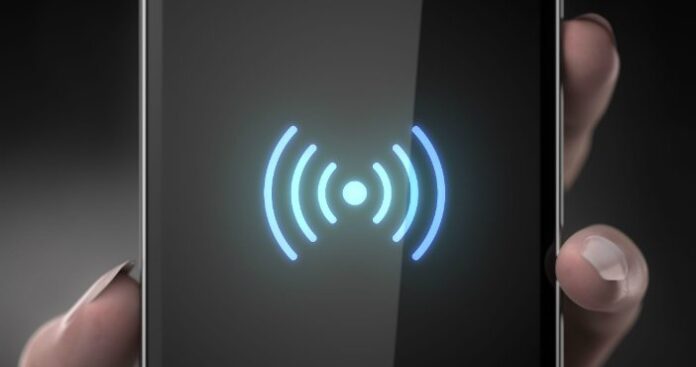Preamble puncturing makes it possible to “carve out a thin slice” of spectrum that has interference on it
Preamble puncturing is an optional feature introduced in Wi-Fi 6, or 802.11ax that improves spectral efficiency by allowing a Wi-Fi 6 access point (AP) to transmit a “punctured” portion of the spectrum channel if some of the channel is being used by legacy users. The result, Qualcomm’s Senior Director of Engineering Andrew Davidson told RCR Wireless News, is wider channels even when interference is present.
“Incumbent users that occupy a portion — say 20 or 40 megahertz — of an otherwise free channel would traditionally prevent an AP from using this spectrum,” he explained. “[With], preamble puncturing […] the overall bandwidth is lowered by the punctured amount, but still enables a wider channel than otherwise would be available.”

Preamble puncturing allows wider channels even with interfering users (courtesy of Qualcomm).
However, as David Coleman, Extreme Networks’ director of wireless networking at the Office of the CTO, pointed out in his blog post, preamble puncturing won’t work unless both the 802.11ax AP and the receiving 802.11ax clients to support the capability. And because it’s an optional feature, he added at the time of his writing that “it remains to be seen how widely it will be supported.”
In a recent conversation with RCR Wireless News, Coleman elaborated: “One of the problems with all of these bells and whistles that they come up with is if [a feature is] not supported on the clients, it’s basically worthless. So you get lots of optional features that we may support on our APs that never get used because the clients don’t support it. This was one of those features that was never mandated in Wi-Fi 6.”
While optional in Wi-Fi 6, preamble puncturing very likely will be the standard in Wi-Fi 7 or 802.11be, and if that’s the case, it will become a much more useful feature.
Wi-Fi 7 supports 320-megahertz transmissions, which is double the 160 megahertz of Wi-Fi 6. Davidson said that Wi-Fi 7 offers many paths to wider bandwidth, and while having access to the continuous 320 megahertz of available 6 GHz spectrum is the “simplest,” most countries will have overlapping channels in this band, making preamble puncturing a potential option for widening the channel.
“Europe only has one [non-overlapping channel in the 6 GHz], while other parts of the world don’t have this 320 megahertz at all,” he went on, explaining that in cases where most of the spectrum is free, but there is interference on some of it is ideal for preamble puncturing.
“It allows you to carve out just a thin slice that has interference on it, so that you maybe don’t get the 320, but you still get a much wider band than you would if you just had to work around it. You might get 240 or more megahertz instead of the full 320m,” Davidson said.
In addition to requiring support for preamble puncturing, Wi-Fi 7, when compared to Wi-Fi 6, will also use multi-band/multi-channel aggregation and operation and deliver higher spectrum and power efficiency, better interference mitigations, higher capacity density and higher cost efficiency. The seventh generation of Wi-Fi is also referred to as Wi-Fi Extremely High Throughput as result of its projected ability to support up to 30 Gbps throughput, roughly three times faster than Wi-Fi 6.

